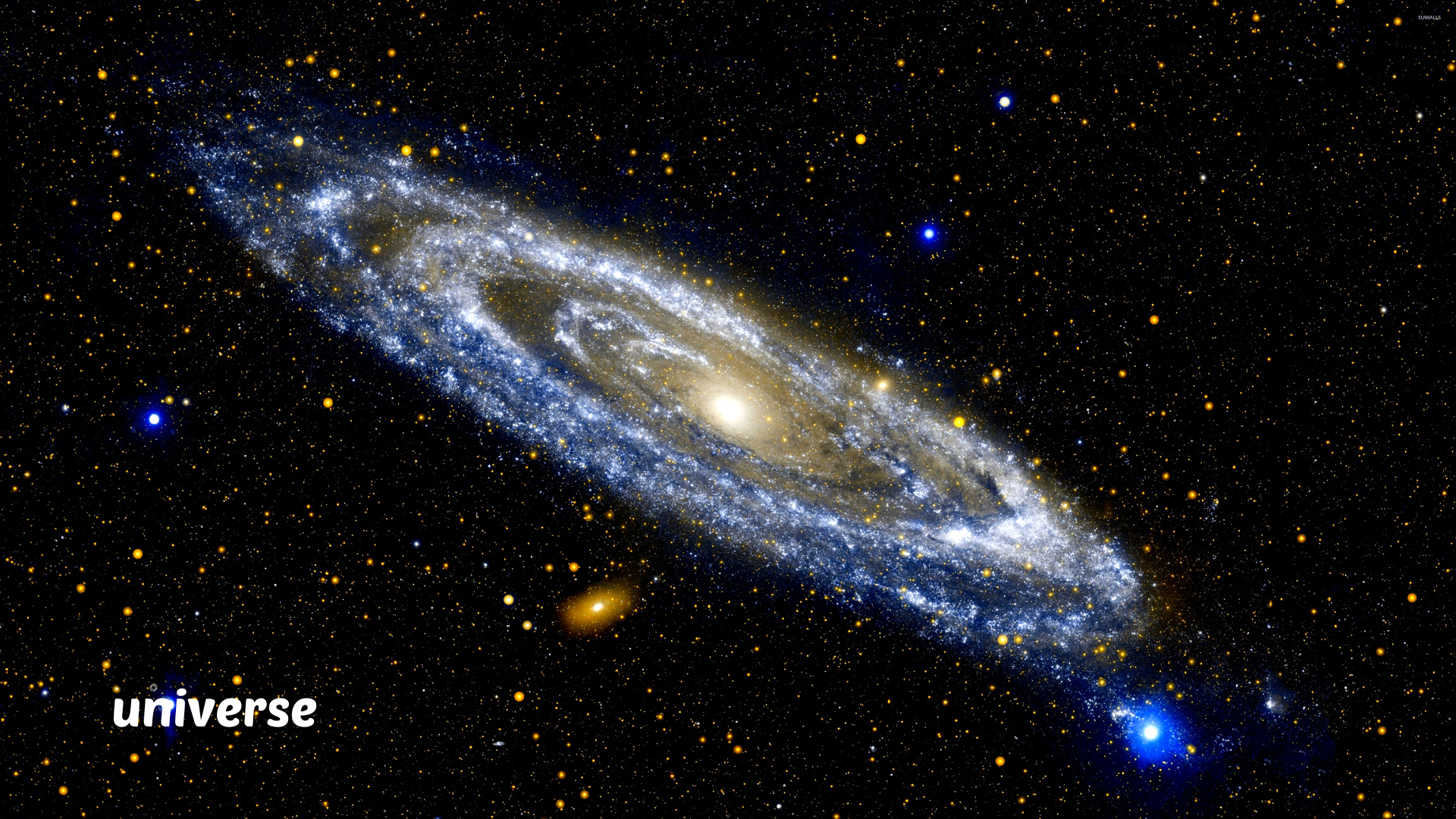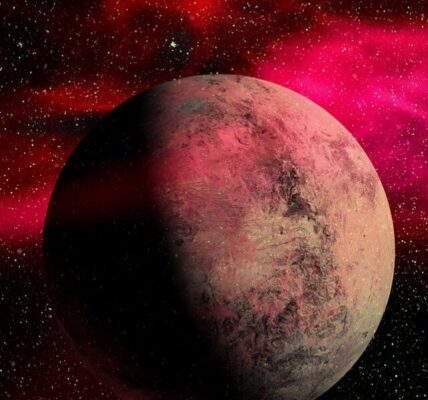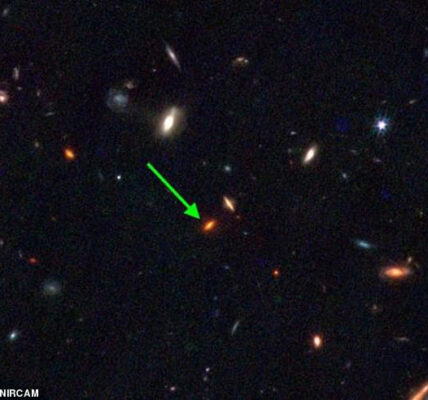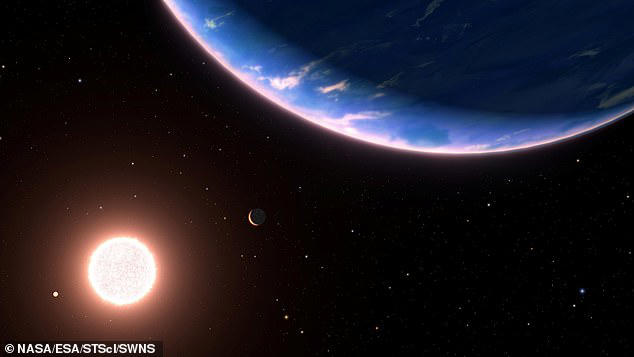Hubble Spiral Galaxy UGC 10043: 5 Amazing Discoveries That Will Shock You!
Hubble Spiral Galaxy UGC 10043 offers a unique view of a distant spiral galaxy captured by the Hubble Space Telescope. This image, taken over 23 years, reveals new insights into the structure and history of UGC 10043.
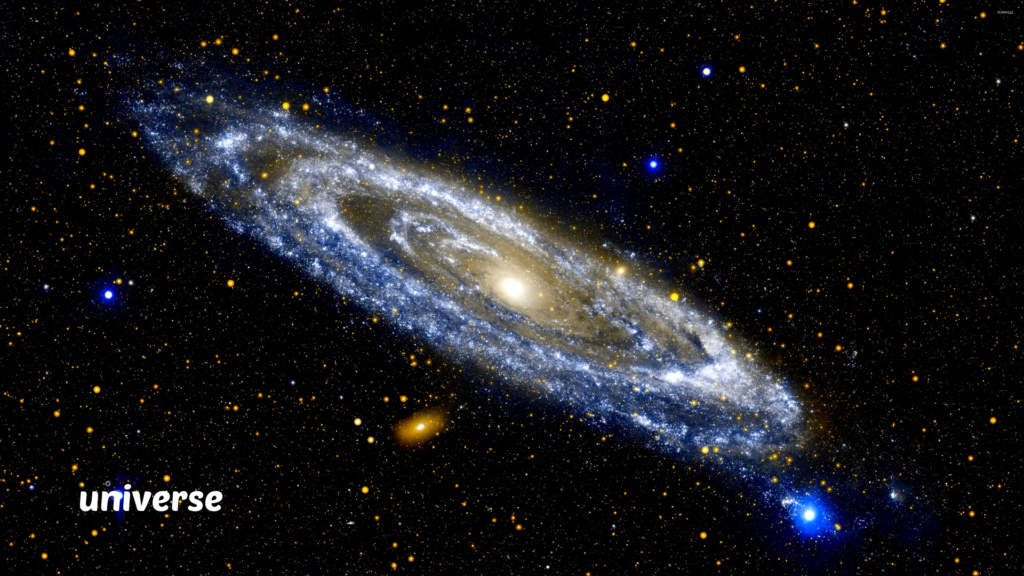
© ESA/Hubble & NASA, R. Windhorst, W. Keel
Table of Contents
ToggleHubble Spiral Galaxy UGC 10043: A Stunning 23-Year Journey
The Hubble Spiral Galaxy UGC 10043 is a beautiful example of how the Hubble Space Telescope continues to shape our understanding of the universe. Captured over the course of 23 years, this image of a distant spiral galaxy offers a unique perspective that reveals important details about its structure and history. What makes this capture so special is not only the time it took to gather the data but also the unique angle from which the galaxy is seen.
What is UGC 10043?
UGC 10043 is a spiral galaxy located about 150 million light-years away from Earth, in the constellation Serpens. Spiral galaxies are among the most common types of galaxies in the universe, making up roughly 60% of all galaxies, according to the European Space Agency. However, most of these galaxies are observed from a face-on perspective, showcasing their signature spiral arms. In contrast, the Hubble Spiral Galaxy UGC 10043 was captured from an edge-on view, providing a rare and valuable opportunity for scientists to study how spiral galaxies are structured in three dimensions.
A 23-Year-Old Image: The Power of Hubble
The image of Hubble Spiral Galaxy UGC 10043 wasn’t taken in a single session. Instead, it is a composite of images captured during two separate observation periods: once in 2000 and again in 2023. The gap of 23 years between the two sets of observations highlights one of the greatest advantages of having a space telescope like Hubble, which has been in orbit since its launch in 1990. Thanks to Hubble’s long and ongoing service, astronomers have been able to gather a wealth of data over the years, revealing new insights into the farthest reaches of the cosmos.
The Hubble Spiral Galaxy UGC 10043 image is a vivid example of how Hubble’s longevity is an asset to astronomical research. The telescope’s ability to revisit the same objects over time means it can continue to capture the changes in distant galaxies and offer more accurate, long-term views.
The Edge-on View: What Makes UGC 10043 Unique
Most spiral galaxies, like the famous Milky Way, are usually viewed from a top-down perspective. This face-on view allows astronomers to see the full grandeur of the spiral arms. In contrast, Hubble Spiral Galaxy UGC 10043 is seen edge-on. From this angle, the once-pronounced spiral arms are flattened into a thin line, offering a different perspective on the galaxy’s structure.
This edge-on view is particularly important because it allows scientists to study the internal features of spiral galaxies in greater detail. The flattened dust lanes that are visible in the image would typically be seen as spiral arms if the galaxy were viewed face-on. These dark lanes of dust obscure some of the starlight, giving the galaxy a distinct appearance. While they block the collective glow of the stars, these dust lanes are also home to star-forming regions, where new stars are being born. The fact that we can observe these regions so clearly is a direct result of Hubble’s extraordinary imaging capabilities.
The Bulging Core of UGC 10043
At the center of Hubble Spiral Galaxy UGC 10043, there is a bright bulge of light — the galaxy’s core. While all galaxies have a central bulge, UGC 10043’s is notably large, making it stand out among other galaxies of its type. This unusual feature has sparked curiosity among astronomers, who believe that the size of the bulge may be linked to a past collision with a dwarf galaxy.
Astronomers speculate that this collision could have caused an influx of gas and dust into the galaxy’s center, fueling a burst of new star formation. The result is a much larger and brighter core than typically seen in spiral galaxies. Additionally, the collision may have caused the warping of the galaxy’s disk, which is tilted in such a way that one end bends upward while the other bends downward. This slight warp is another indicator of the galaxy’s tumultuous history.
The Role of Collisions in Galaxy Evolution
The theory that Hubble Spiral Galaxy UGC 10043 has experienced a collision with a dwarf galaxy is supported by the structural changes observed in the image. Galaxy collisions are common in the universe and can dramatically alter a galaxy’s appearance and behavior. When two galaxies collide, they can trigger star formation, redistribute gas and dust, and even cause one of the galaxies to lose its shape.
In the case of UGC 10043, the collision could explain the warped disk and the large central bulge. The additional material from the smaller galaxy could have also contributed to the formation of the dust lanes and star-forming regions visible in the image. This interaction between galaxies is an important part of how galaxies evolve over time.
The Importance of Hubble’s Long-Term Observations
One of the greatest advantages of Hubble’s long-term mission is its ability to capture images like the Hubble Spiral Galaxy UGC 10043, which reveal not just the current state of a galaxy but also how it has changed over the years. The gap between the 2000 and 2023 images offers a glimpse into how the galaxy has evolved, giving astronomers a better understanding of the life cycle of galaxies.
This image also emphasizes the importance of space telescopes in modern astronomy. Without Hubble, many of the detailed observations that have expanded our knowledge of galaxies would not be possible. The fact that Hubble has been in orbit for over three decades is a testament to its value in exploring the universe and uncovering the mysteries of distant galaxies like UGC 10043.
Looking Toward the Future
As we look ahead to the future of space exploration, the Hubble Spiral Galaxy UGC 10043 serves as a reminder of how much we’ve learned about the universe through the power of space telescopes. With future missions like the James Webb Space Telescope on the horizon, astronomers will continue to refine their understanding of galaxies and their complex histories.
But for now, Hubble Spiral Galaxy UGC 10043 remains a breathtaking example of what Hubble has achieved in its long mission. This 23-year-long effort to capture and study the galaxy provides a glimpse into the dynamic and ever-changing nature of the cosmos.
The Hubble Spiral Galaxy UGC 10043 is more than just a beautiful image of a distant galaxy. It is a snapshot of Hubble’s enduring legacy and a valuable tool for scientists to study the evolution of galaxies. With every new image, Hubble continues to teach us more about the vast universe around us, and we are lucky to be able to witness it from Earth.
Related:
Venus Alien Life Impossibility: 5 Stunning Revelations
